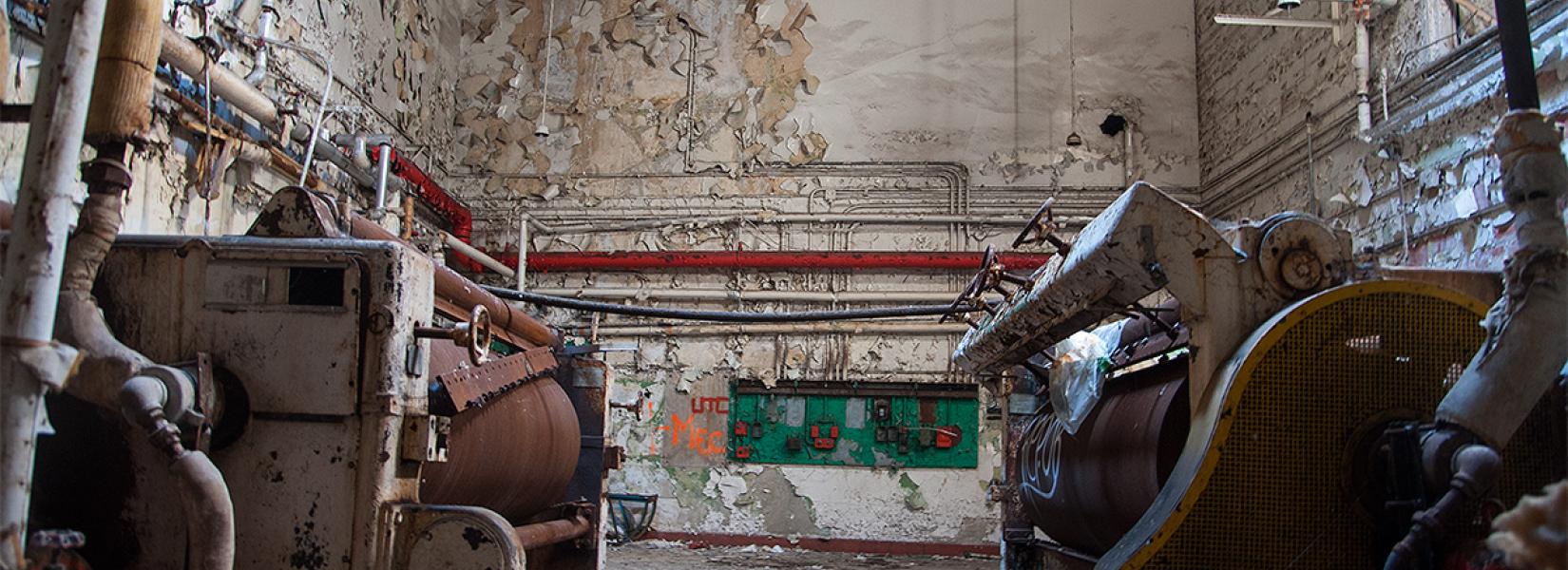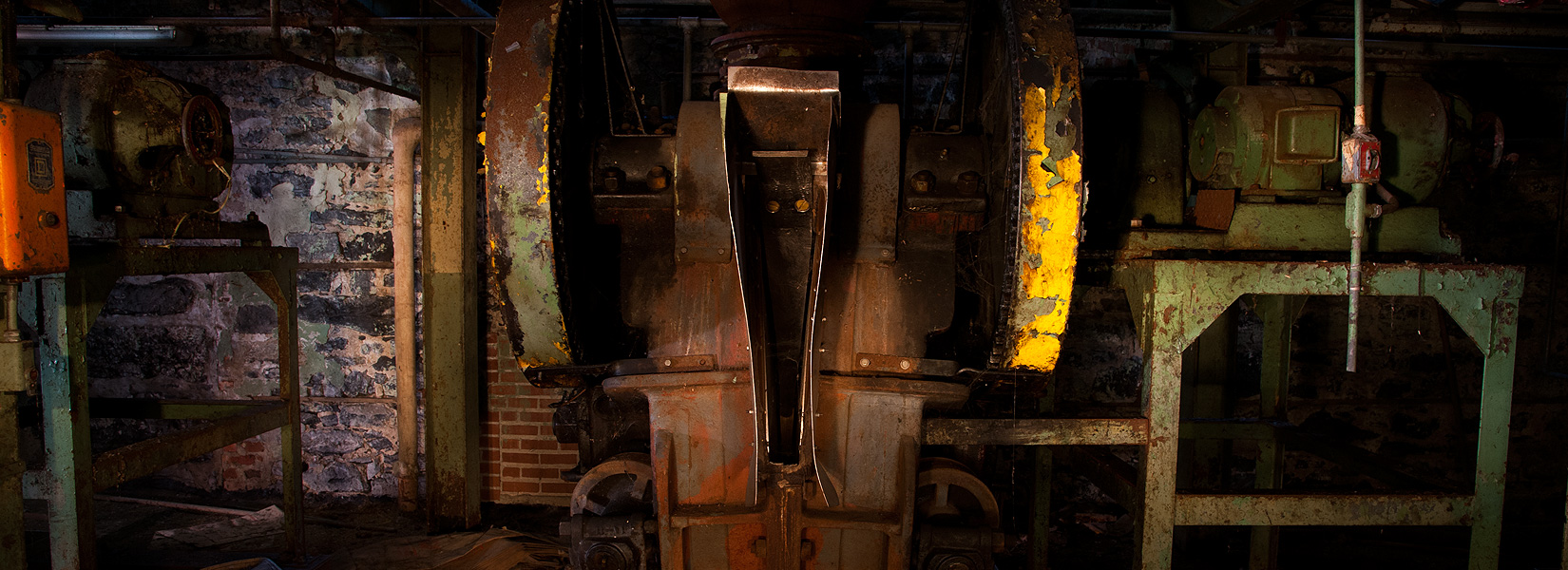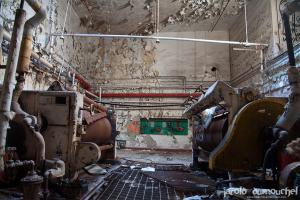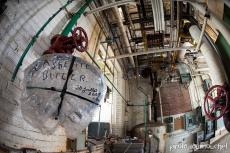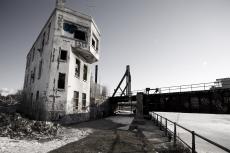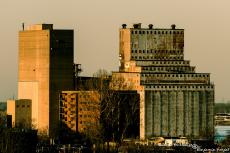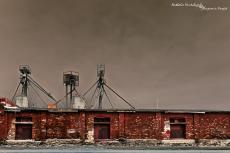For several times I passed by this little factory located in an old industrial area in the Eastern Townships, but I never been inside. Each time, I wondered if it was still active or abandoned. I must say that several tiles were broken, but I was...
The curse of the Dow brewery
Contaminated with asbestos
Although this building was built around 1861, the history of the Dow brewery began nearly 60 years earlier, in 1790, when a farmer named Thomas Dunn started in the beer industry in La Prairie, who was an important stopover for travelers who went to New York from Montreal. At the time, travelers had to navigate from Montreal to Sorel on the St. Lawrence River and then, navigate the Richelieu River from Sorel to St-Jean-sur-Richelieu (formerly known as Dorchester, taking them a whole day. That might explain why many travelers preferred to go through La Prairie and then traveled on horseback to St-Jean-sur-Richelieu, where they boarded on boats to go to New York City. This shortcut cut at least half-a-day from their trip.
Anyway, let’s go back to the beer industry. In 1809, the brewery moves to Montreal on Notre-Dame street and then on St. Joseph street in 1818. The name "Dow Brewery" comes from James Dunn's business partner, son of Thomas: William Dow, a Scottish master brewer who takes the reins of the company in 1834.
Dow brewery's golden age will be in the first half of the twentieth century when the company possesses more than 60 buildings across Canada with more than 1,000 employees. Dow brewery will be behind the construction of the planetarium in Montreal in the early 1960s giving it its name: the Dow planetarium.
Advertisement and innovation
While Molson was the beer everyone was drinking in Montreal, Quebec City was a real fortress for Dow brewery. 85% of all beer drank in Quebec City, and 51% of the beer consumed in the rest of the province came from the Dow brewery. Known as a pioneer in promotion and marketing, they said at the time that Dow innovated and then the others followed.
The collapse
Between August 1965 and April 1966, more than 48 hospital patients in the Quebec region were diagnosed with an unusual cardiac disease. Fifteen of them will die. While fingers were quickly pointed at their alcoholism, the Dow brewery was put under the spotlight when journalists found an enzyme in the beer, the cobalt salt, who was added to increase foam production. This enzyme was suspected as the cause of these men's death.
Although no link was found between Dow beer and the death of these men, the brewery tried to show their credentials by pouring the remaining stocks in the St-Lawrence River and also stopped the beer production in its Quebec City’s brewery. This operation was a real mess and, on the contrary, people saw these acts as a recognition of guilt.
And thus, in only one year, Dow brewery lost nearly all its market share in Quebec. The following year, in 1967, the brewery was sold to O'Keefe, its competitor. It was then sold to Molson in 1989. Although the Dow beer will be brewed until 1998, Dow won’t ever recover from this dark history.
The building on Notre Dame Street is abandoned since 1998 and is contaminated with asbestos. A portion of the complex was converted into condos and some other buildings now owned by Molson-Coors have since been sold.
Related content
Built in 1930, the Wellington tower has ceased operations in 2000. Despite the years that have passed and graffiti artists who came to express their art, the structure of the old tower is still ok. When it was in operation, that's where that were...
Located in the Hochelaga-Maisonneuve neighborhood, the silo # 3 was built in 1923. The architect was John S. Metcalfe who were responsible for the construction of most silos in the Port of Montreal (1, 2, 3, 5). It is thanks to its innovations...
Hochelaga-Maisonneuve has been deeply marked by the train, in its development. Even today, it is surrounded by three tracks : the Canadian Pacific to the west, the now abandoned Canadian National to the east and the one of the port of Montreal to...

